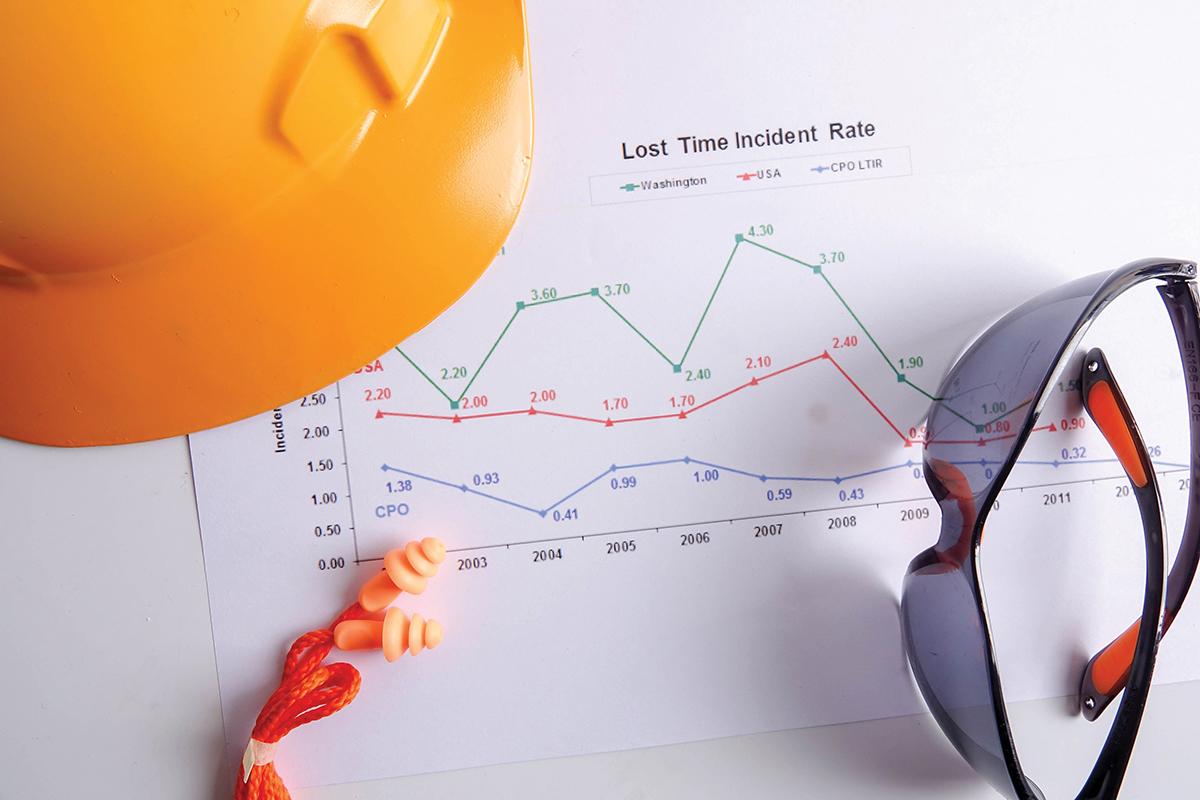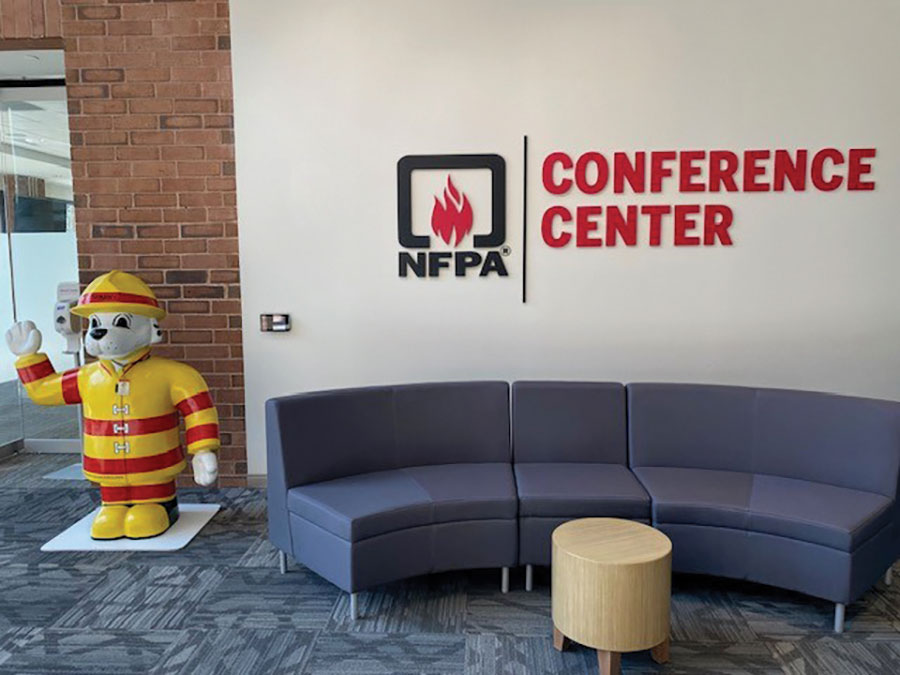May is Electrical Safety Month. Each year electrical safety is stressed during this month. This year even more emphasis should be placed on electrical safety, not only in the workplace but in our homes as well. The Electrical Safety Foundation International (ESFI) reports that most deaths and injuries caused by electrical hazards are preventable. ESFI has a wealth of information available to help spread the safety awareness on electrical hazards. Visit www.esfi.org.
It seems to me that all concerned persons should be actively seeking ways to make our environment safer, especially electrically safer. There are many ways to make our homes and businesses safer electrically. The National Electrical Code, through its highly regarded consensus process, has addressed electrical safety for over one hundred years and the 2008 edition is no exception. Yet, as many jurisdictions are going through the process of adopting NEC-2008, there are some factions lobbying to remove some of the requirements that will surely increase electrical safety in our homes. Specifically these factions are citing increased costs or unproven products as reasons to amend certain requirements out of the 2008 edition of the NEC.
The new requirement for tamper-resistant receptacles in dwelling occupancies is one example of an electrical safety requirement that is under attack. It seems to me that any device that helps to prevent our young children from exploring their world by sticking some object into the openings of an energized receptacle and becoming burned or electrocuted is well worth the small cost of the device. ESFI reports that some 2,400 children receive treatment in emergency rooms every year due to burns or injuries from sticking objects into energized electrical receptacles. This does not include the scores of children that are probably injured but not taken to a hospital. The Electrical Code Coalition, which is made up of many electrical industry representatives, continues to provide accurate information on the cost of meeting this new requirement of tamper-resistant receptacles. The Ohio Chapter IAEI did an analysis and found that the new requirements for tamper-resistant receptacles and AFCIs would only add less than $250.00 for a 2100 sq ft dwelling.
That analysis brings up the other electrical safety requirement that is under attack, the expansion of the arc-fault circuit interrupter (AFCI). This requirement has been in the Code for some time but was required only for branch circuits supplying outlets in bedrooms. NEC-2008 expanded this electrical safety protection to cover more areas in the dwelling. While it may be difficult to show how many fires and deaths have been prevented, the alternate — not to provide the electrical safety protection — seems to be too high a price to pay. Electrical safety must be practiced by everyone. Being aware of the many ways that electricity can harm and present hazards must be addressed by lessening or removing the hazard. I don’t mean stop using electricity, just use it safer by employing methods that help protect ourselves, our children, and our property.
Another way to use this magical power, electricity, safely is to use electrical devices, equipment, and products that have been electrically safety tested. Independent third party testing laboratories provide this service by testing electrical products, devices, materials, and equipment to nationally recognized standards to assure that the product will not present a fire or shock hazard. That product is listed and labeled before it comes into the public place. For equipment that is one of a kind or for which no standard is available, field evaluation by a qualified testing and evaluation service is available. Now there are qualified firms that provide services to verify that the equipment works as it was designed to work. There is pressure from some who are trying to convince our legislators that this part of the electrical safety system is not needed. It has started with electrically powered industrial process machinery being exempted from the requirement of being listed and labeled by an independent third party testing laboratory and even from the authority having jurisdiction inspecting the machine for electrical hazards.
Some may say that we are subjected to too many rules and regulations, and too much enforcement. It seems to me that because some idiot wants to drive down a highway running 100 miles an hour with a beer in each hand and a cell phone in his ear while I have my family and grandchildren in my car trying to be safe and obeying the posted speed limit that some enforcement is necessary. Make your house safe so that my children can visit without being subjected to hazards. Make your house safe so that it will not catch fire and put my house at risk.
Anyway, “Be Proud to Wear the IAEI Brand.”
Read more by James W. Carpenter














Find Us on Socials